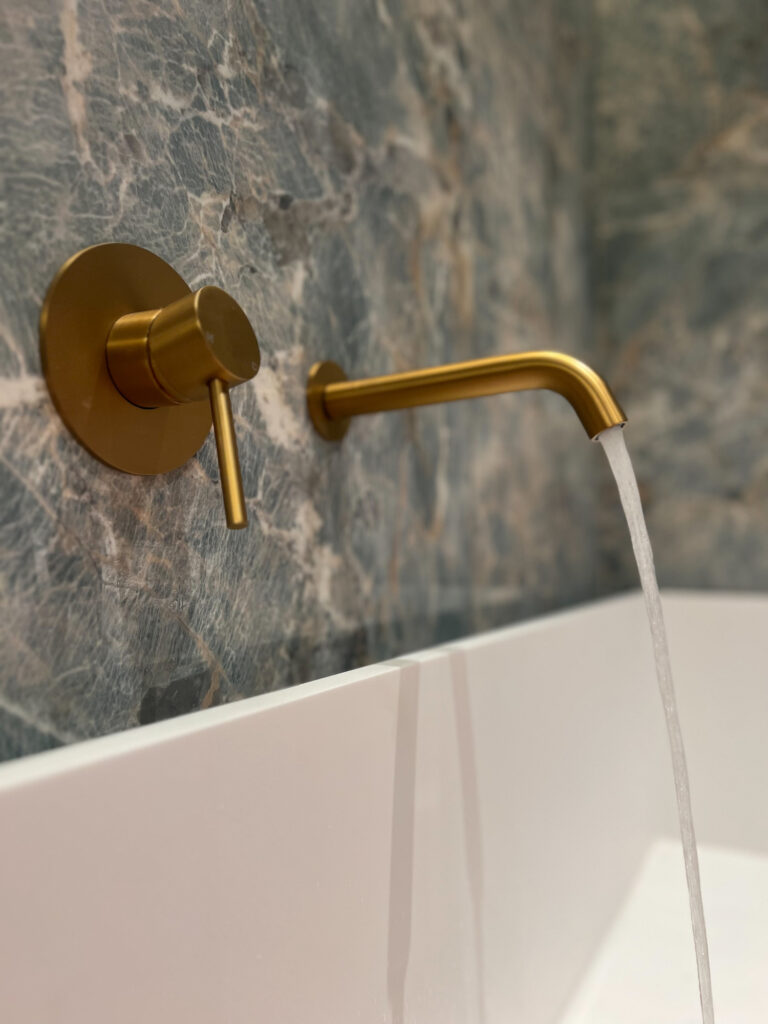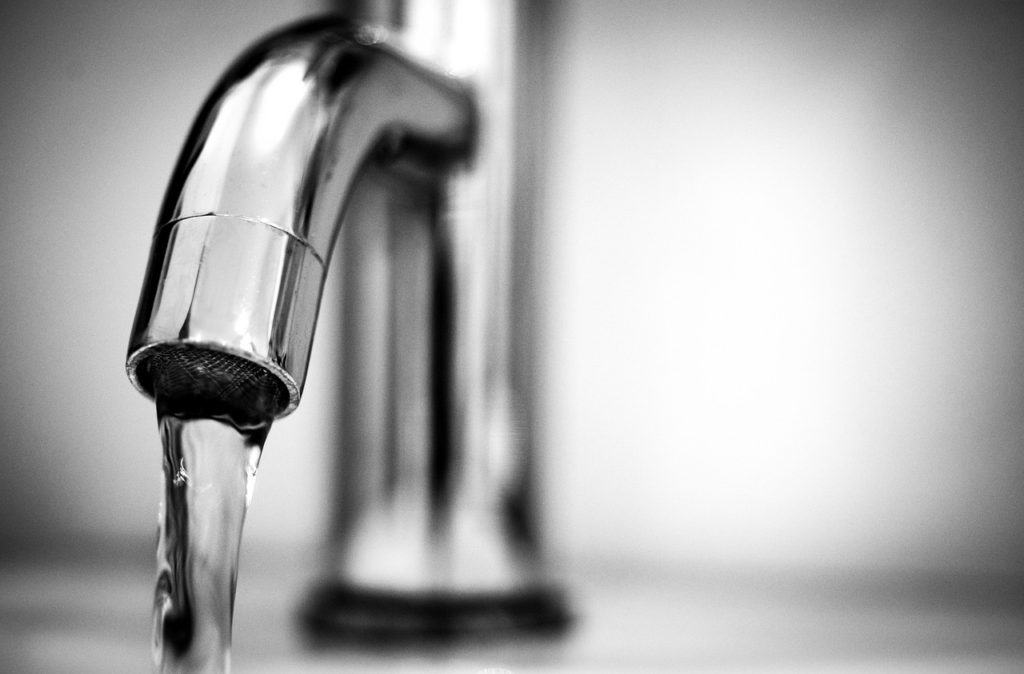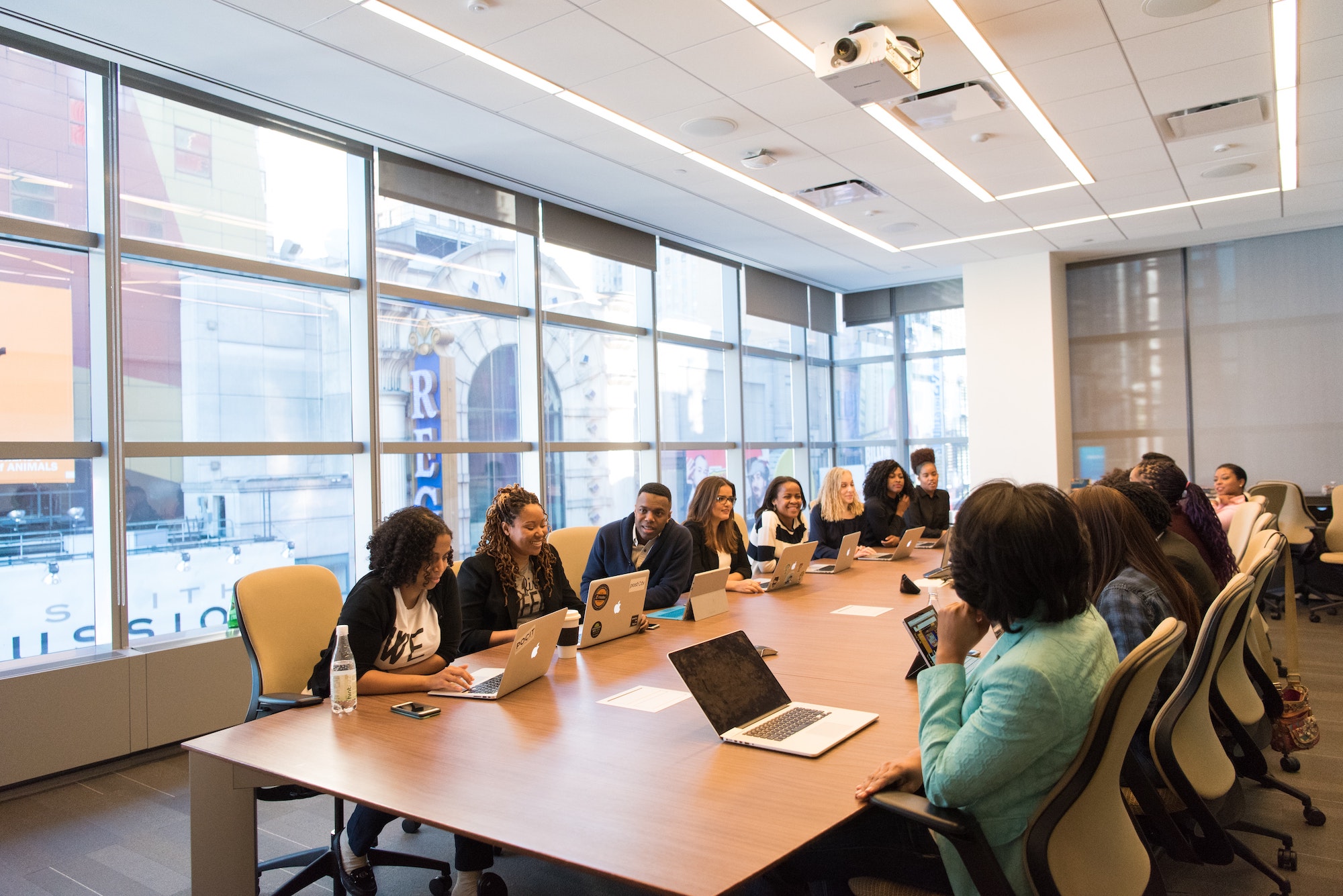Reducing water usage in the workplace is important for sustainability and saving costs. This article offers the top ten tips for businesses to save water and money. Discover practical solutions to create a more efficient, eco-friendly work environment.
10 Easy Tips For Reducing Water Usage In The Workplace
1. Compare and Switch Water Providers
Evaluate your water bills to understand your consumption and costs. Look for patterns and inefficiencies to identify areas for improvement. Track progress and manage costs effectively with regular monitoring.
Inspect different water suppliers in your area. There are online comparison tools that help you find the best rates and services for your business’ needs. You can also contact utility comparison companies, like Utility Bidder, to help with your research. Keep an eye out for providers that have water efficiency programs and extra support.
Get in contact with potential providers and negotiate favourable terms. Emphasise your current consumption and preferred savings. Don’t be afraid to ask for bundled services and discounts. You can usually get better deals in a competitive market.
2. Conduct a Water Audit
Look for inefficiencies and leaks in your workplace’s water systems. Employ professional services or use smart leak detection tools to find and fix leaks. This is important to prevent water waste and lower costs.
Determine your baseline water usage to understand where to start. Track water usage over a specific period using water meters. Use this data to establish a realistic water-saving goal and measure progress.
Improve efficiency with the recommendations given in the water audit report. Recommendations could include fixing leaks, upgrading fixtures, and improving processes. Carry out these suggestions to ensure lower costs and long-term water savings.
3. Install Water-Saving Devices
Install low-flow fixtures, like taps, toilets, and showerheads to drastically lower water consumption without sacrificing performance. These devices use innovative technology to uphold pressure while using less water, saving resources and money. Low-flow fixtures must be installed in kitchens and restrooms to lower water usage immediately.
Stop wasting water by installing sensor-activated taps that only turn on when hands are detected. They are perfect for high-traffic areas. These taps save lots of water because they don’t leave the water running. Install them in restrooms to improve efficiency and hygiene.
Waterless urinals save thousands of litres every year because they don’t have to be flushed. There is a special trap to block odours, which ensures a clean environment. Think about switching from traditional urinals to waterless models and significantly lowering water consumption in your workplace.
4. Regular Maintenance and Monitoring
It’s important to conduct regular inspections to spot leaks and inefficiencies early. Inspections must be scheduled every four months to identify problems before they worsen, saving water and costs. Proactive maintenance guarantees that all equipment and fixtures work correctly.
Use smart meters to track real-time usage and monitor water consumption. This data lets you spot patterns and problems so they can be fixed quickly. This technology gives you a clear overview of where water is being used and areas that need improvement.
You can promote a culture of conservation by involving employees in water-saving initiatives. Urge them to report leaks and wasteful habits. Give training and provide incentives to promote proactive behaviour in the workplace. Involved employees are fundamental to guaranteeing efficient water use.
5. Educate and Involve Employees
Start awareness campaigns to emphasise the importance of water conservation. Share tips and facts in emails, newsletters, and posters. It helps to raise awareness and lays the foundation for a water-conscious culture.
Host regular training sessions to educate employees on water-saving practices and initiatives. Talk about things like leak detection and efficient water consumption. Practical training guarantees that everyone knows how to do their part more effectively.
Use incentive programs to reward employees who suggest water-saving ideas and show conservation behaviour. Incentives can include recognition, extra time off, or bonuses. It will motivate them to participate more actively in water-saving efforts.

6. Upgrade Appliances and Equipment
- Efficient Appliances
Replace old appliances and equipment with water-efficient taps, dishwashers, and washing machines to lower water use. Go for appliances with high energy efficiency ratings to increase savings.
- Automatic Shut-off Valves
Install automatic shut-off valves on equipment to stop water waste when they aren’t being used. These valves stop water flow when equipment is inactive to lower unnecessary consumption.
- Regular Upgrades
Equipment must be up-to-date with the newest water-saving technology. Assess and replace outdated appliances regularly to uphold optimal efficiency and reduce operational costs over time.
7. Implement Rainwater Harvesting
Rainwater harvesting is when you collect and store rainwater to use for things like flushing the toilet and watering the garden. In areas where water conservation is vital, this system helps lower your reliance on mains water. It’s eco-friendly and cost-effective, which is beneficial for businesses and the environment.
Greywater is wastewater from sinks, laundry machines, and showers. After being treated, it can be used to flush toilets or for irrigation. Use rainwater harvesting and greywater systems together to increase water efficiency. This corresponds with sustainable practices encouraged by government regulations.

8. Landscape Wisely
- Drought-Resistant Plants
Choose native species like heather, lavender, and ornamental grasses that are adapted to the UK climate. Once they are established, these plants need less watering. It lowers water usage and maintenance expenses. They add to local biodiversity and need fewer chemical inputs.
- Efficient Irrigation Systems
Install drip irrigation systems that send water directly to the plant roots. This system has less evaporation and runoff than traditional sprinklers. This method uses less water and fosters healthier plant growth. It ensures that water is used more efficiently.
- Smart Controllers
Weather-sensitive irrigation controllers change watering schedules according to real-time weather data. This stops over-watering during rainy times and ensures plants get enough water during dry periods. It improves water consumption without compromising plant health and pretty gardens.
9. Optimise Cleaning Practices
Use dry cleaning techniques instead of wet ones, like dry mops or microfibre cloths for surfaces. This approach fosters a healthier workplace environment by saving water and reducing the need for chemical cleaners.
Get advanced cleaning equipment that improves water consumption without sacrificing cleanliness, like low-flow pressure washers and scrubbers. They are designed for powerful cleaning performance while saving water.
Give regular training sessions on water-saving practices to cleaning personnel. Highlight the benefits of eco-friendly cleaning techniques. Encourage them to use these practices daily to be part of water conservation efforts.
10. Regular Review and Adjustment
Regularly assess your water consumption to analyse usage patterns, find leaks, and keep track of conservation progress. These assessments must be done every four months or twice a year to uphold efficient practices.
Change strategies according to assessment results to improve water-saving efforts. Keep upgrading systems, implementing new technologies, and responding to employee feedback for continuous improvement.
Maintain momentum by periodically setting realistic water conservation goals. Integrate them into overall sustainability plans and relay them to employees. This enhances engagement and accountability.

Conclusion
Businesses can significantly reduce water consumption by following these top ten tips. It leads to cost savings and a positive environmental impact. Apply these strategies to create a more sustainable and efficient workplace.
Sources:
–https://specify.zipwater.co.uk/news-and-views/workplace/how-to-reduce-water-usage-in-the-workplace
–https://www.business.qld.gov.au/running-business/environment/saving-water/workplace
